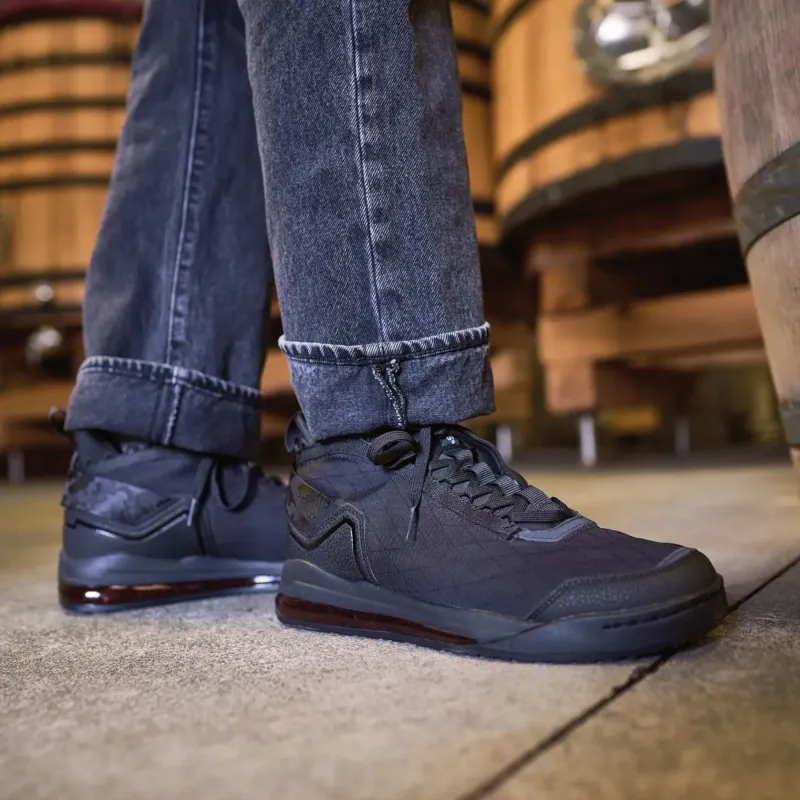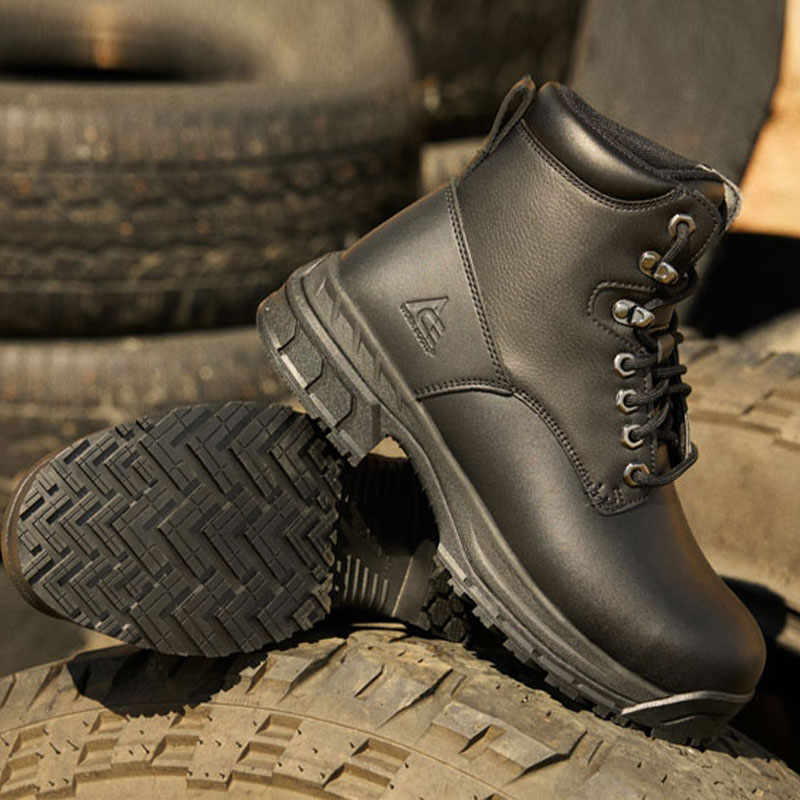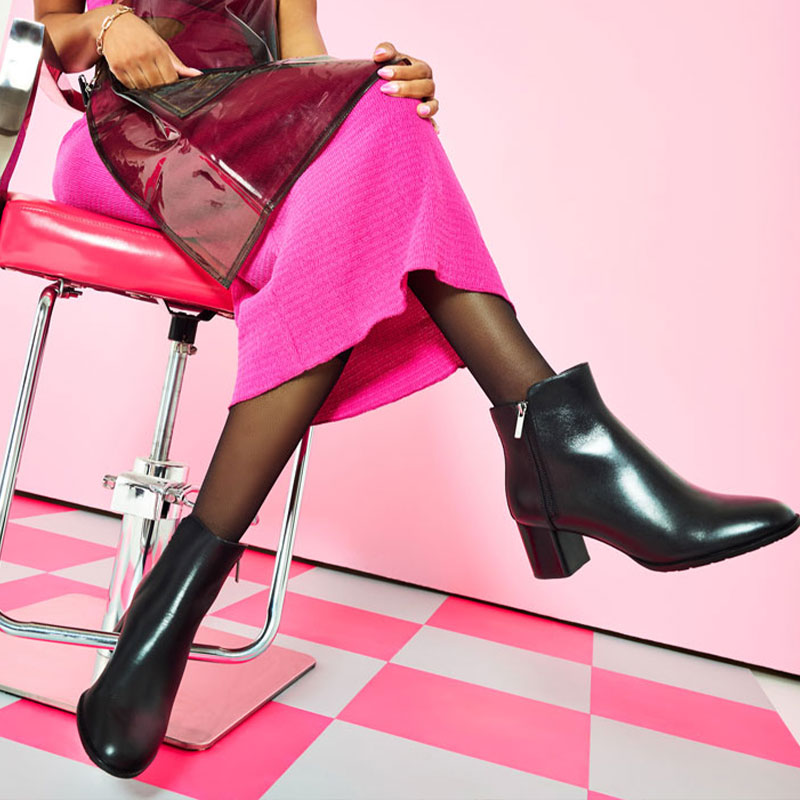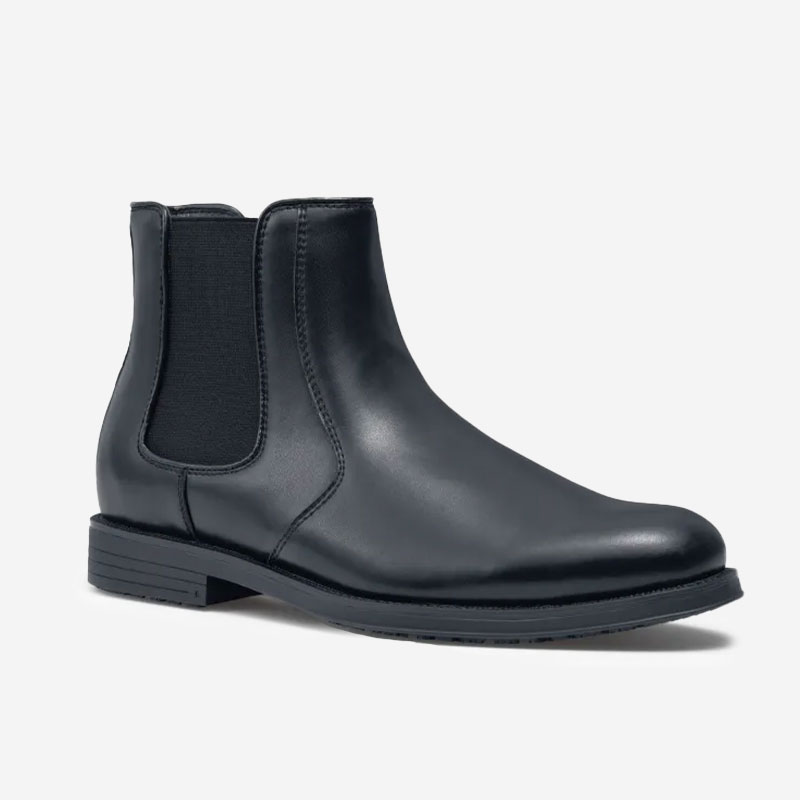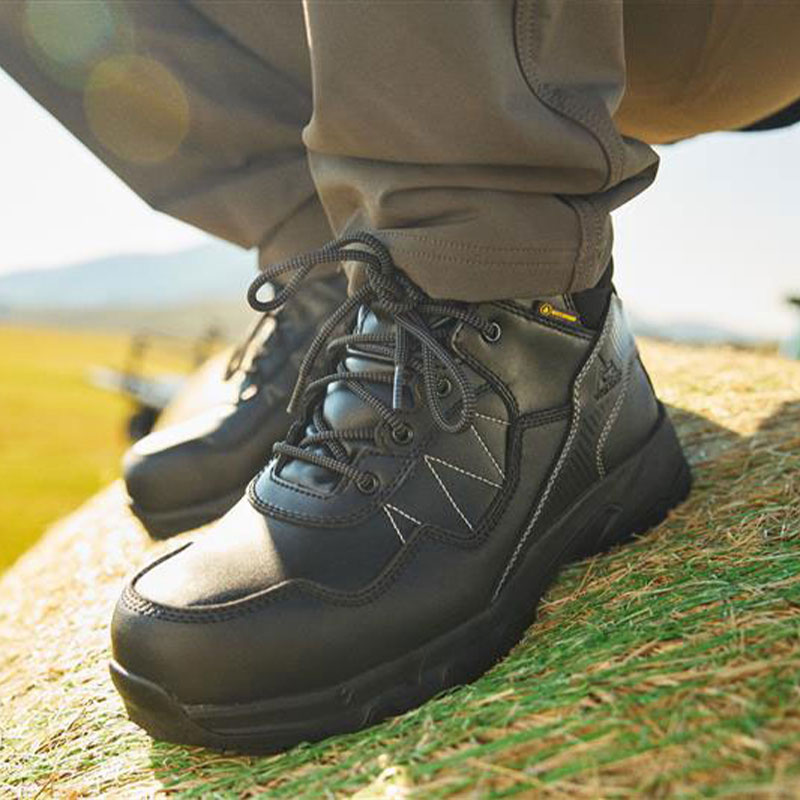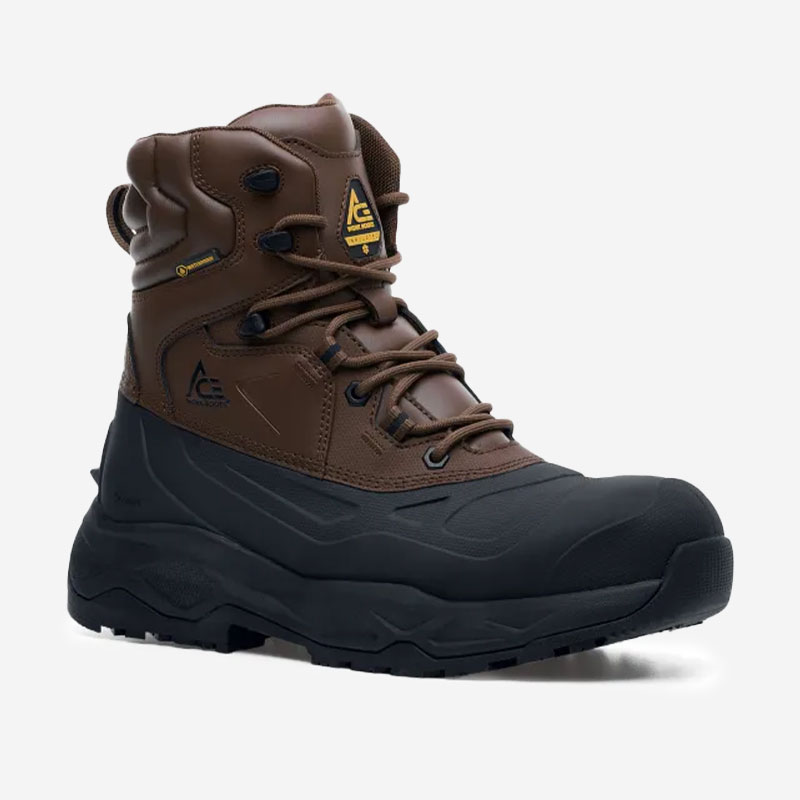Top Fall Work Shoes for 2025
When leaves start to fall and the air chills, your footwear has to step up. For professionals on the move—whether in kitchens, hospitals, warehouses, or offices—selecting the right fall shoes isn’t just about comfort. It’s about safety, durability, and protection.
Weather Demands Change. So Should Your Shoes.
Fall brings unpredictability: early-morning dew, afternoon rain, slick floors, and fluctuating temperatures. You can’t rely on your summer slip-ons anymore.
- Moisture + slick surfaces make slip-resistance nonnegotiable. That’s why non-slip autumn work shoes are critical.
- Light rain + wet conditions call for waterproof work shoes or at least water-resistant uppers that can take on the elements.
- Cooler air means you need shoes with better insulation, but not ones that suffocate your feet or create discomfort on long shifts.
In short: your fall work shoes must balance traction, weather protection, and breathability, all while supporting your daily grind.
Blog Spotlight: Learn the differences between waterproof and water-resistant footwear
Match Shoes to Your Role
Every profession comes with its own demands. Here’s how to choose footwear for your specific role:
Office & Business Casual Roles
You need shoes that look clean, fit the dress code, and still protect you from slips. Your footwear should carry you confidently through meetings, commutes, and unexpected spills. Think professional work shoes for fall: ballet flats, block-heel booties, leather oxfords, boots, or loafers with slip-resistant outsoles.
Service, Hospitality & Retail
Long shifts on hard floors demand comfort, traction, and durability.
- Your top priority: slip-resistant work shoes built for busy dining rooms, fast-moving kitchens, or packed store aisles.
- Your backup: keep a spare dry pair nearby. Fall weather can hit fast, and no one works their best with wet socks.
Industrial, Warehouse & Field Jobs
Autumn is one of the busiest and most stressful seasons for warehouse and industrial workers due to retail seasonality, production deadlines, and agricultural cycles. This is where having the right work shoes matters most.
- Choose work boots for fall with added toe protection, like steel toe or composite safety toe designs.
- Look for electrical hazard (EH) ratings if you're near electrical equipment.
- Good fall boots provide insulation, waterproofing, and traction all in one, giving you year-round security.
Best Overall Boots for Fall: ACE® Men’s Rowan II Boots & Women’s August Boots
When freezing conditions demand more coverage and durability, these slip-resistant work boots deliver. Built tough, but easy to wear all day.
Why it works:
- Sleek leather, an autumn staple
- Durable construction made for long-term wear in tough conditions
- Water-resistant builds that fight back against light rain and slush
Perfect for: Light outdoor work, warehouses, maintenance, hospitality, and loading docks.
Pro Tip: They also come with steel toes if you’re looking for extra protection.
Best for Wet Weather: ACE® Piston Mid Waterproof Work Boots
Fall means rain, and your shoes need to be ready. Waterproof work shoes keep your socks dry and your footing strong.
Why it works:
- Waterproof leather and gusseted tongues keep moisture and debris out
- Arch support for all-day comfort
- Slip- and abrasion-resistant 4HD™ soles for rainy sidewalks and wet indoor surfaces
Perfect for: Delivery, dishwashing, facilities, hospitality, and groundskeeping.
Pro Tip: Also comes with nano-composite safety toes or aluminum toes if you’re working in industrial environments.
Best for Cold Weather: ACE® Mammoth IV Composite Toe Insulated Boots
When temperatures drop and the job doesn’t stop, insulated safety boots are your frontline defense against the cold.
Why it works:
- Warm, insulated linings to keep feet comfortable in chilly conditions
- Slip-resistant soles built for slick, wet, or frozen surfaces
- Lightweight safety toe protection for impact-heavy environments
- Waterproof leather to block rain, slush, and snow
Perfect for: Outdoor crews, loading docks, cold storage, construction sites, and early-morning shifts in unheated areas.
Pro Tip:
Rotate 2–3 pairs depending on your shift and job conditions. This will keep your feet fresher and your shoes lasting longer.
Employees and Your Bottom line.
Don't Forget To Share This Post!

The Key to Slip-Resistant Safety Shoes
Not all slip-resistant shoes for workers are equal. Find out how genuine slip-resistant footwear carries a high Coefficient of Friction (COF) score.

Workplace Safety 101: Preventing Slips, Trips and Falls
Preventing slips, trips, and falls is Workplace Safety 101 and of the utmost importance. SFC Safety explains how everyone can ensure a safe work environment.

How to Create an Accident Incident Rate Benchmark
How does your company stack up to the national injury incident rate averages? Learn how to calculate accident ratios to benchmark new safety guidelines.
